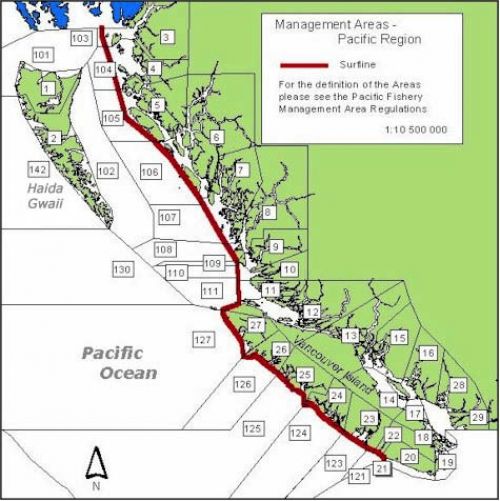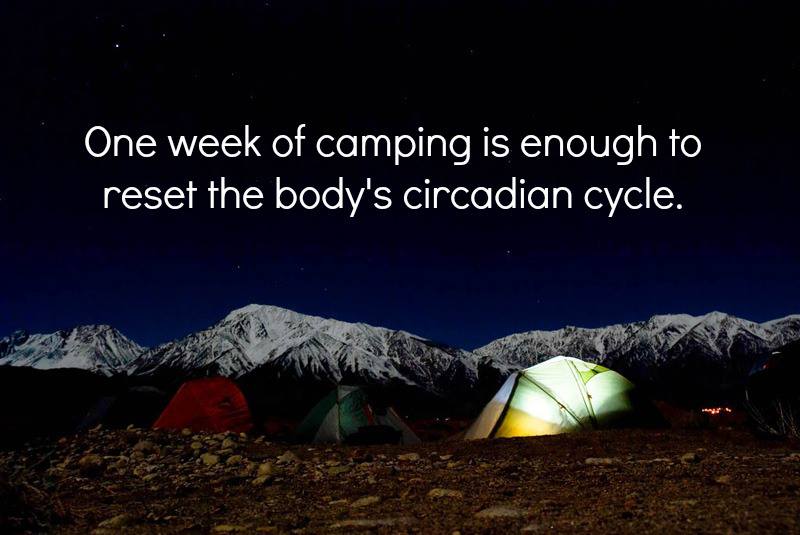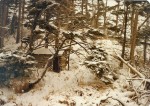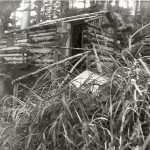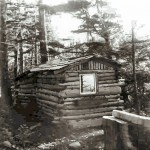CORDONI, Elmer Frank “Bunk” October 18, 1923 – August 31, 2013 Elmer was born in Port Arthur, Ontario and passed away in Burnaby, BC, after a lengthy stay in hospital. He was predeceased by his wife, Olga, brothers Harold (Peggy), Peter (Shirley), Tony (Doris), and sisters Elvira (Ted) and Lydia (Alvin). He is survived by his loving family, children Corinne (Richard), Steve, Raymond (Deirdre) and Catherine, grandchildren Kristi (Barron), Stacey, Ryan (Ling), Allison (Mike) and Harley, great- grandchildren Else and Grace, and brothers Dante (Margaret) and Alfred (Vi), sisters, Doris (Judd) and Josephine, as well as many nephews and nieces.
When he was 3 years old, Elmer moved with his family to Fort Langley, BC. The large family survived the Great Depression by farming and fishing. In young adulthood, he was conscripted by the army, where he was stationed in Europe. He loved to tell stories, and was christened Bunk by his army buddies when he told them the story of the Battle of Bunker Hill. Another story: he was slated to go out to the front at Dunkirk, on the next boat, and fortunately, was rescued by the declaration of armistice. By 1951 he and Catherine Marie Hinsche got married, and started their family. Elmer was a fisherman, a gillnetter, and always handy with a hammer and saw, he built his own fishing boat, the Castanet. With Marie, he built the family home in Haney. Then came the lighthouse days, from 1958 to 1967. Elmer took a posting to the isolated lightstation, Scarlett Point. In 1963, the family moved to Active Pass Lightstation on Mayne Island.
In 1967, Elmer and Marie divorced and Elmer became a single father. With his children, he moved to East Vancouver. Later, he met and married Olga, and they spent many happy years buying handyman special real estate bargains, fixing them up and making a bit of money. He took early retirement from his job of maintaining the navigational lights on the Fraser River, up to Indian Arm. Elmer and Olga built a new house in Fleetwood, Surrey, and had a summer place in Bowser, BC. Later, they sold both places and moved to Parksville, where they lived until Olga’s death.
In the later years of his retirement, Elmer moved back to Fleetwood, where he spent time with family and travelled to exotic locations with his daughter, Catherine. He came more alive when around his family, always ready with a smile and sometimes, a funny ditty or jingle. He will be sorely missed.
Thanks go to the staff at Surrey Memorial Hospital, who took care of Elmer for 9 months, and to the staff at Fellburn Care Centre, who helped him in the last days of his life. Reception to be held at Langley Golf Centre, 21550 – 44th Ave Langley, Sunday, October 27, 1:30 to 4:30.
To send condolences please visit, http://wordpress-rcordoni.rhcloud.com/dad/
Published in Vancouver Sun and/or The Province on Oct. 5, 2013
To include your memories in Elmer’s memorial please click this link.
